Key Features:
- Appearance: Sal seeds are small, hard, and brown in color.
- Oil Content: The seeds contain around 12-14% oil, which is extracted and used in various industries such as food, cosmetics, and pharmaceuticals.
- Uses:
- Sal Seed Oil: Known for its non-edible uses, it is often employed in the production of soaps, candles, and as a substitute for cocoa butter in the confectionery industry.
- Food Applications: While the oil is non-edible, Sal seed meal can be processed and used in animal feed.
- Medicinal Value: Traditional uses include various herbal and natural remedies.
- Cosmetic Industry: The extracted oil is used in skin and hair care products due to its moisturizing properties.
Benefits:
- Sustainability: Harvesting Sal seeds is eco-friendly and supports rural economies, particularly in forest-rich regions.
- Versatility: The seeds and oil find applications in industries ranging from cosmetics to pharmaceuticals, making them highly versatile.
Shelf Life:
When stored in a cool, dry place, Sal seeds can have a long shelf life, retaining their quality and oil content.
Sal Seed is a valuable natural resource with diverse applications, offering both industrial benefits and supporting environmental sustainability.


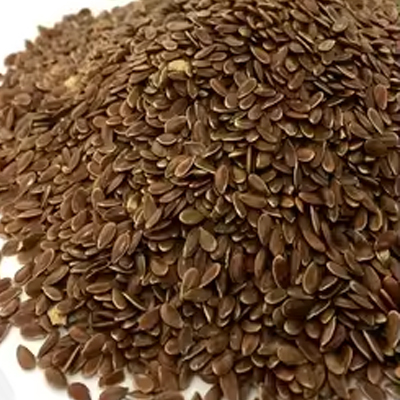

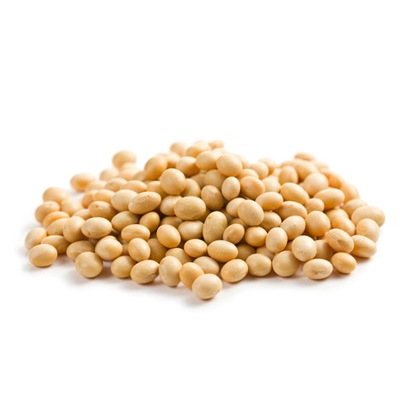
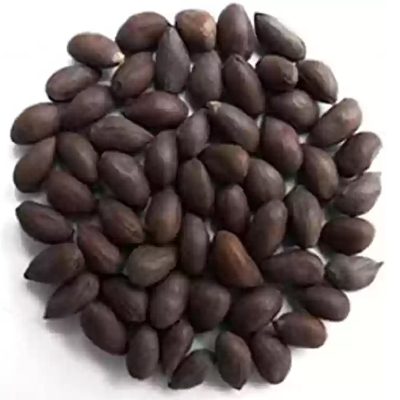
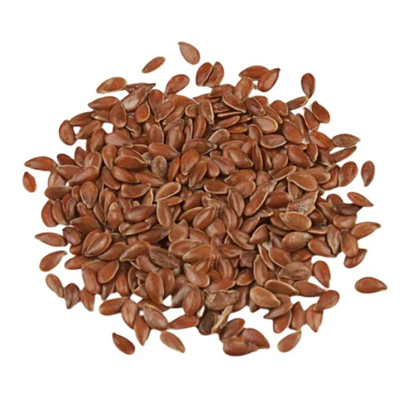

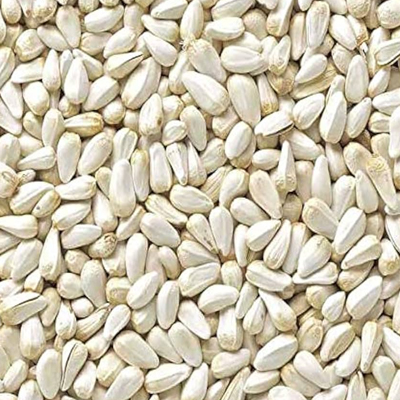
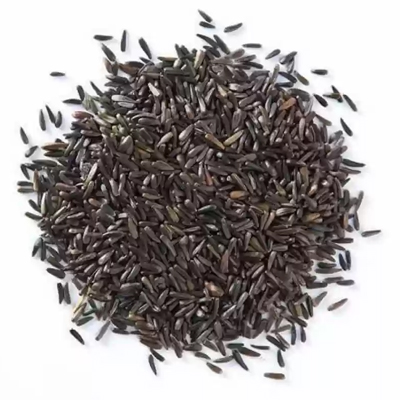
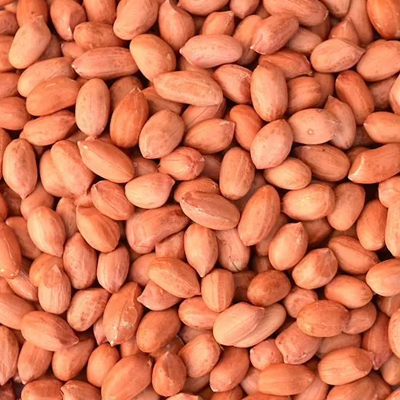











Reviews
There are no reviews yet.